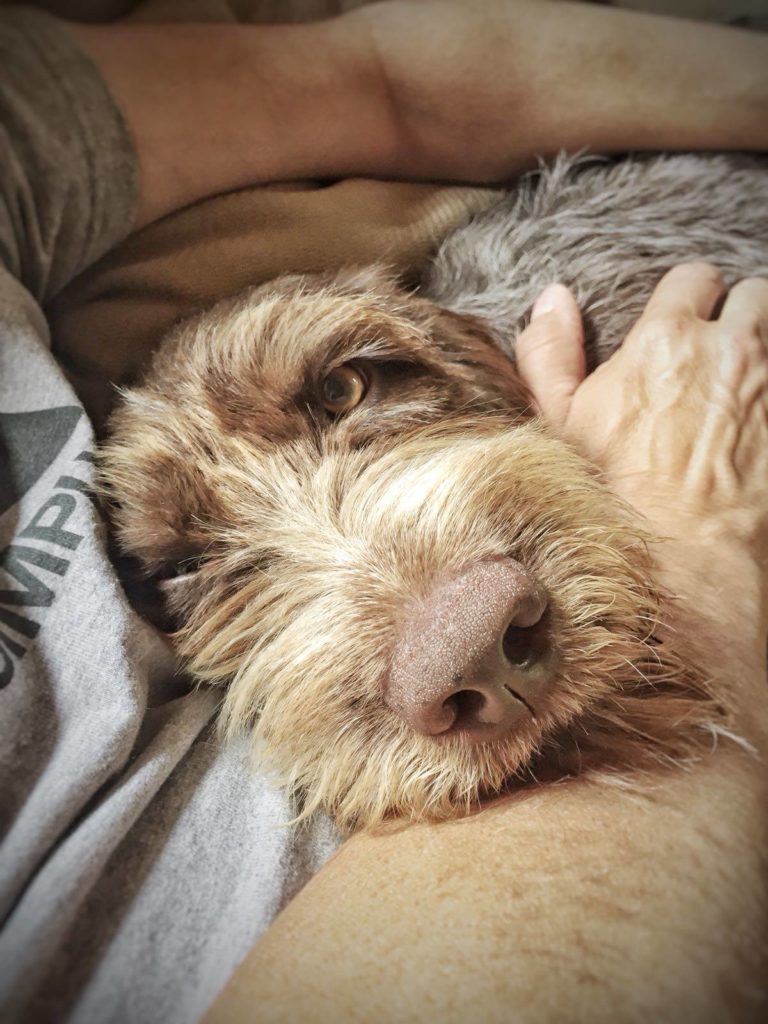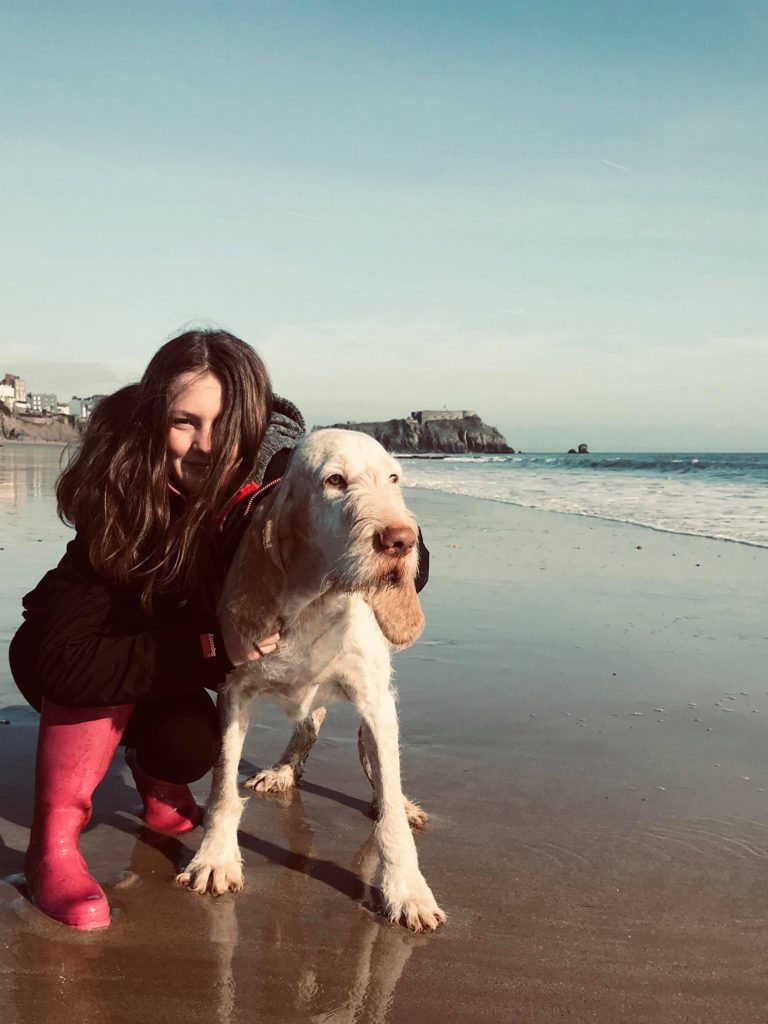As a very approximate guideline, in the last 12 months we re-homed around 30 dogs, for which we received around 250 applications. All of these applications were from people kind enough to open their hearts to adopt a dog in need, and we appreciate every one. However, it means that we have to give disappointing news to many wonderful people with fantastic homes to offer, and it’s a part of our volunteer work that is not much fun for us, either.
Please do appreciate that if another home is chosen, it is no reflection on the home you are kind enough to offer. We are all working together to help each dog.
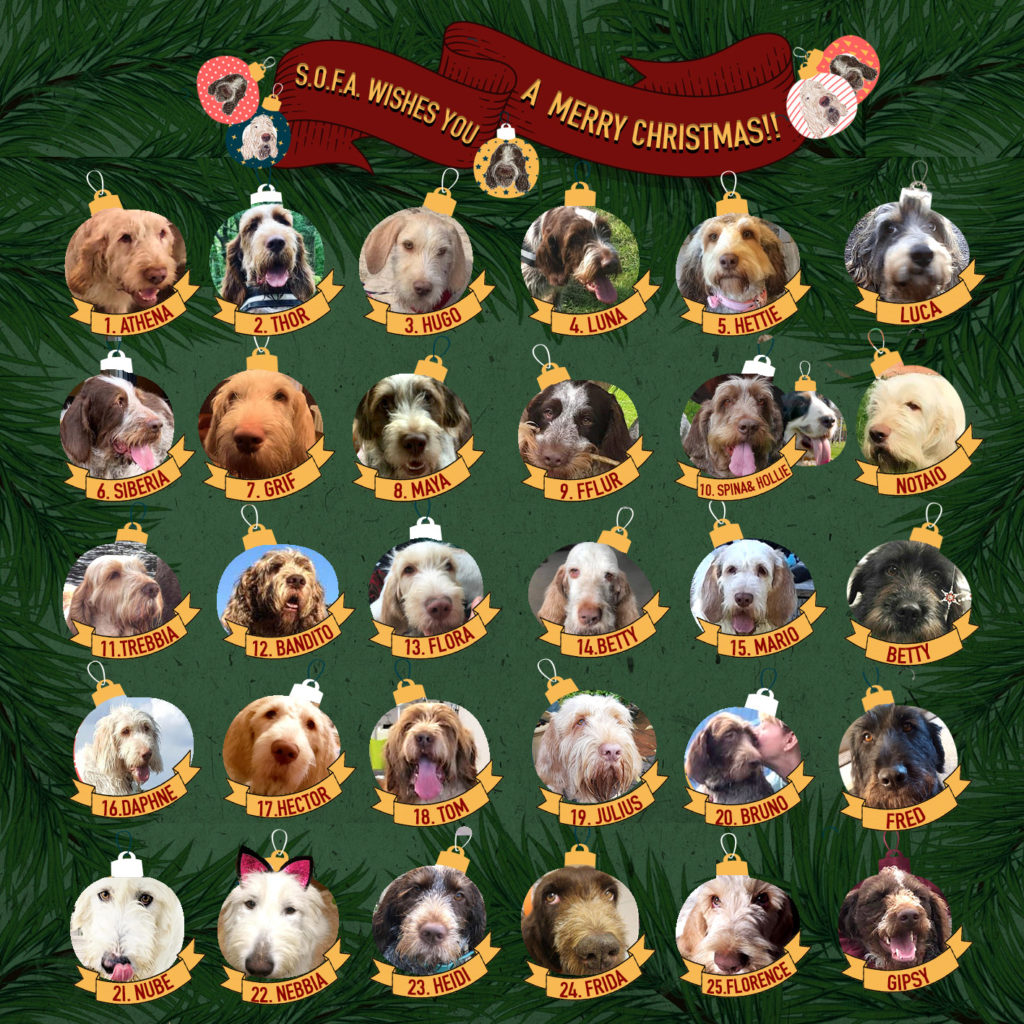
The dog is at the centre of all decisions – the dog only gets one ‘throw of the dice’ to give it the best possible chance of settling well in its new life so we ask you to please be understanding if another home is chosen. It is not that another home is ‘better’ in itself, just a more suitable match for this particular dog.
We truly understand that it can be frustrating, when you know that you have a wonderful life to offer a dog – but there are just not enough Spinoni in need, for every lovely home to adopt one. And that is a good thing!
Here’s an overview of some of the things that we discuss with the refuge or foster when matching each dog with a forever home. Please do contact us if you’d like to discuss any of these in an individual situation – we understand that everyone is different, and also every dog! There have been exceptions to almost every one of these.
Experience:
Because we don’t have the ability to offer dedicated local support in the way that a shelter in the UK can, it’s important that the adopter is experienced with rescue dogs, with Spinoni, or ideally both.
A rescued Spinone from abroad is unsuitable to be a first dog. We have found the dogs benefit very much from homes with previous experience of the breed traits of Spinoni (or other gundog types) and / or experience of rescue dogs and their needs.
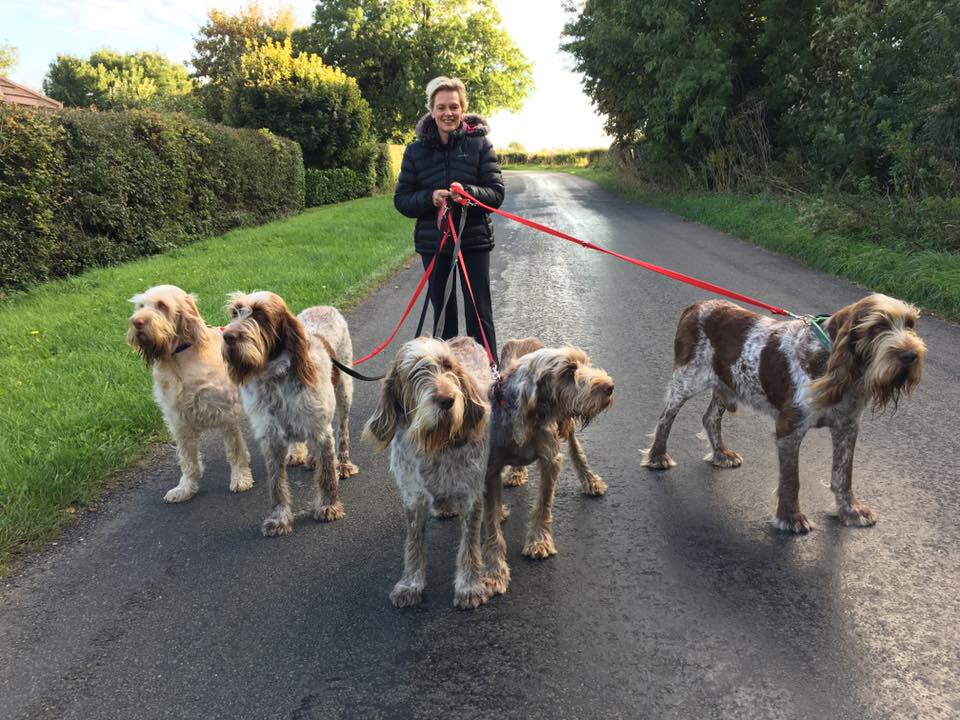
Enclosed garden:
You do need to have an enclosed garden – it can be some time before a rescued Spinone is reliable enough to go off the lead, so this can be their only source of free outdoor movement when first adopted.
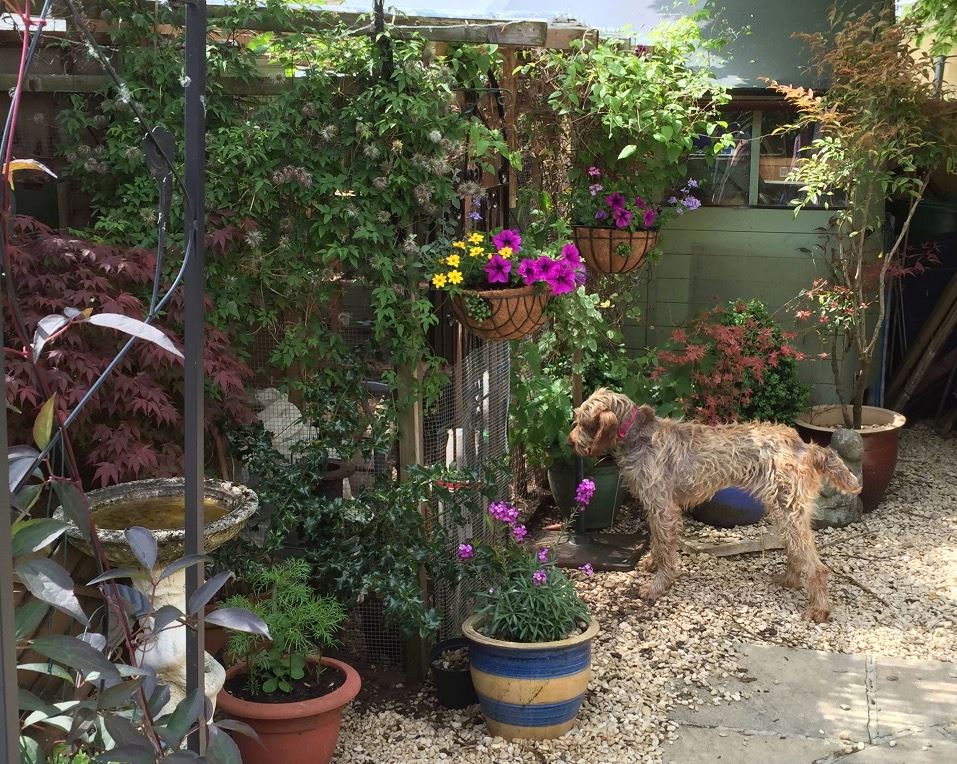
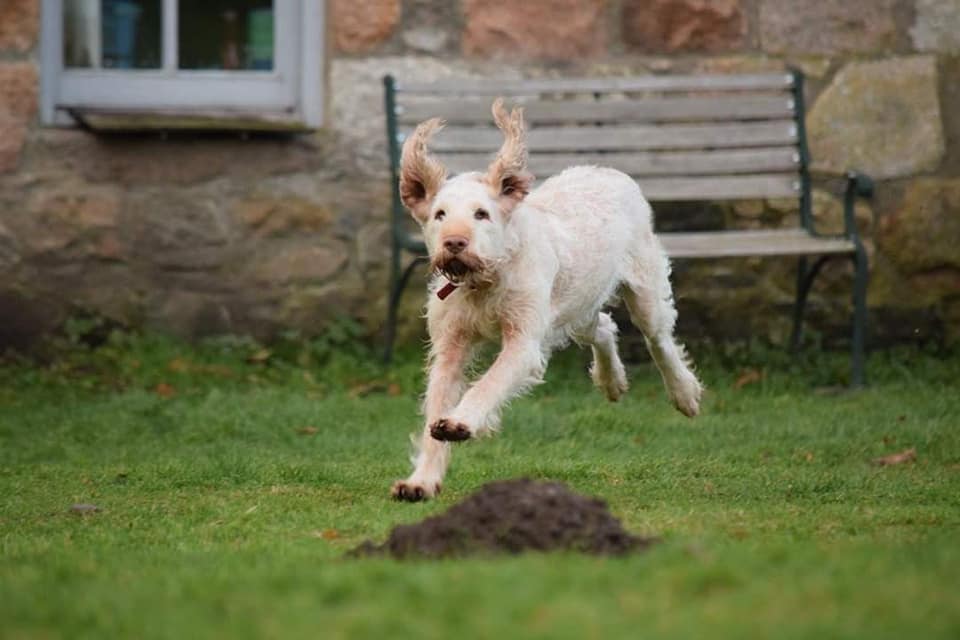
Time:
You need time to give the dog the attention it needs. A rescue dog takes time and care to settle, so it’s better to choose the right moment, when there are no major life changes going on. Rescue dogs in particular, can react very badly to noise, commotions, stress in the house, loud voices even though not directed at them.
Friendly dogs in the home:
Spinoni in Italy are normally kept in kennels in groups – sometimes other Spinoni, sometimes other gundog breeds. So to find themselves suddenly a single dog can be very a difficult adjustment, on top of all the other changes in their life. We do occasionally get dogs who are happier on their own but it’s quite unusual.
Another dog, ideally of a type they are used to, provides familiarity and reassurance. A friend helps ease their transition into a new life, giving a role model for behaviour in new situations.
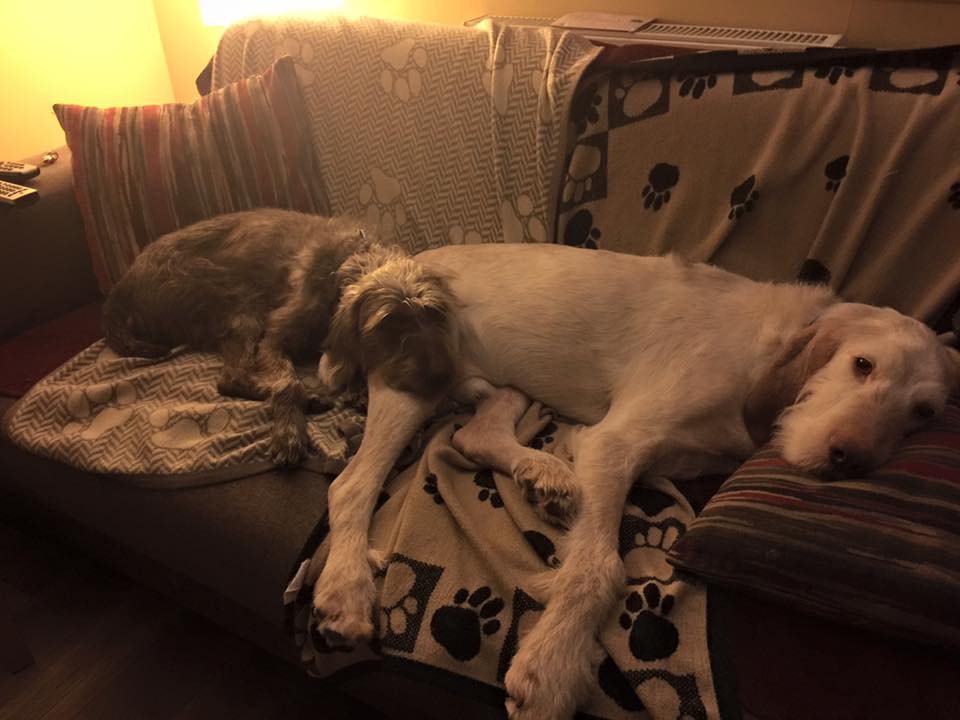
We generally prefer to place them in homes that already have a dog of the opposite sex, as a bitch is generally more accepting of a dog in her space than another bitch, and the same applies for the boys. It does depend enormously on the individual dog! In the case of same-sex adoptions it’s helpful if the resident dog is older.
Other Spinoni
As well as being the kind of dog they are generally accustomed to, Spinoni generally ‘speak the same language’ with regards to play and other communication. So another resident Spinone can be a huge help in the dog’s adjustments and we have found this to be a great benefit to adopted dogs.
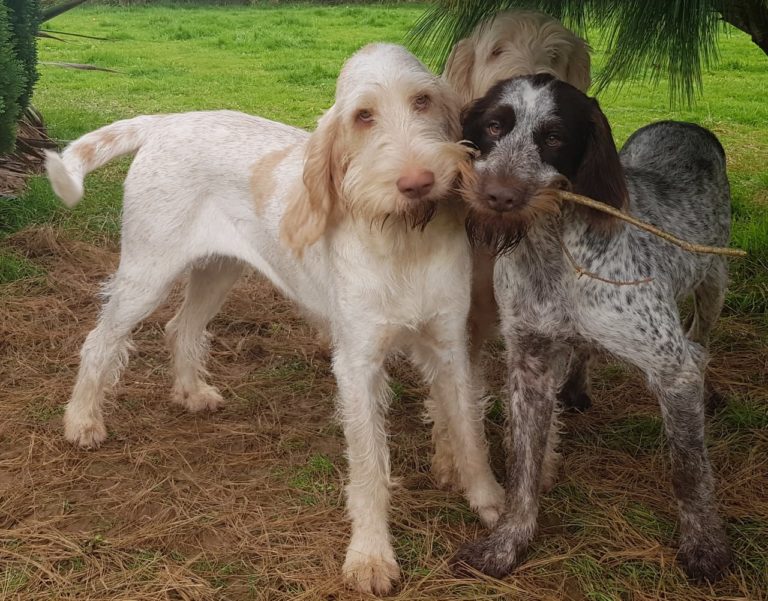
Working:
We consider four hours to be an acceptable maximum for a dogs to be left alone. A lot of kennel dogs are used to being left without people, and cope well as long as they are with another dog. However, separation anxiety can manifest if they are left too long, so owners who work must be prepared to put time into accustoming the dog to this.
Children:
A rescued dog from a kennel environment is not generally suitable to be placed with under-tens. The unpredictable nature of small children is not a good mix with a rescue dog with an unknown past. And the dogs are very rarely used to children. They usually are kennelled working dogs, having never lived indoors as part of a family.
We understand that a child who is very used to dogs can be naturally very good with them. But in a household with kids, there will inevitably be other children around, who may not be so used to dogs.
Children of ten and up can be wonderful companions to the right dog and we have quite a few dogs in happy family situations with older kids.
Of course, many people have visiting children. The situation when a child is visiting needs to be managed carefully with appropriate boundaries to each dog and each child.
Please read on for more detail here: Rescue Spinoni and Children
Cats and other animals:
The Spinoni in Italy are bred almost exclusively for hunting, and as a result can have a much higher prey drive than many UK dogs. Therefore they can be difficult to manage in homes with cats, chickens, birds, rabbits etc. It is not only a question of the safety of the other animals – the dog can be perpetually on a state of high alert which isn’t helpful to them settling.
We can sometimes cat test them, and we have homed Spinoni successfully with a confident cat and also with other animals – horses, sheep and even rabbits! However, sometimes a dog has been OK with the cats in the shelter or in a previous home – but not with the new cat. And there have been also occasions where the resident cat has strongly dislikes the incoming dog, and has been very unhappy.
Cats (as everyone knows!) are hard to predict. So please do consider carefully if your cat is definitely going to be OK with a new, strange dog in the house. It’s good to test this with friend’s dogs to check – just as we would “cat test” a dog, we would ask you to “dog test” your cat, and not just with one dog.
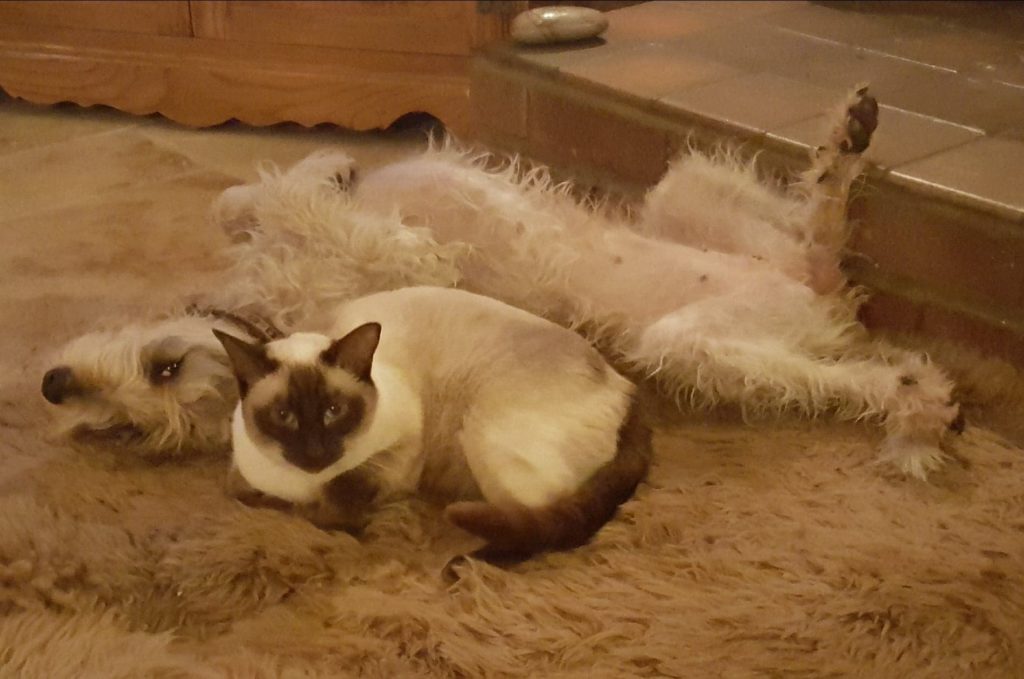
There is no getting away from the fact that cat-safe Spinoni are quite rare in the dogs we work with, and it may mean a long wait. In the UK it is much more common so we would always recommend joining the list of the UK Rehome team as well, for cat owners.
Older adopters
We have many older adopters. We often help Spinoni who are around 7-8 years old – hunters at the end of their working or breeding use – and these dogs are ideal for older adopters, as they are generally more settled.

The Italian lines tend to be smaller than the UK ones with bitches often 25 kilos and dogs around 30 kilos. So they can really suit someone who wouldn’t have considered another Spinone due to their size.
We hope this is helpful . Please do contact us if you’d like to discuss any of these in an individual situation – we understand that everyone is different.

